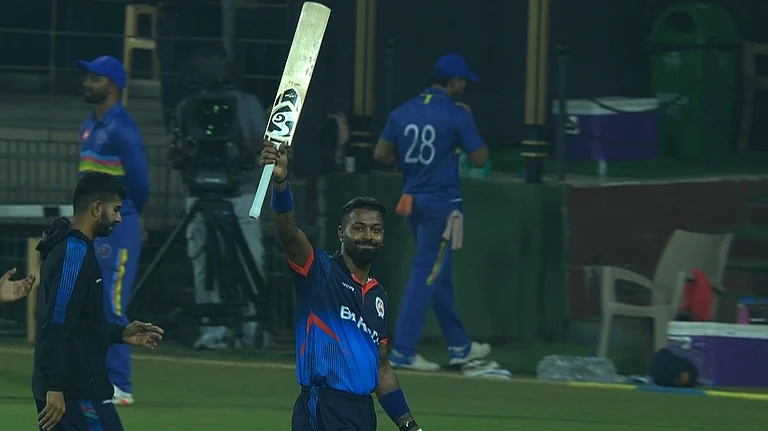The past twelve months, or so, will be best remembered as a period that tested our resilience, probably as never before. It was the time we relentlessly came under attack from a lethal virus that forced us to pull out all stops to steer out of a life-and-death situation. The period also marked the most dangerous flare-up along our international border when pugnacious Chinese troops attacked our soldiers, triggering a conflict that stoked a regional scare and tested the country’s resolve to stand up to outright bullying.
This week marks a year since India and China came to blows at Galwan Valley. About 20 of our soldiers died bravely, thwarting the Chinese from crossing over into our territory. There were Chinese casualties as well, with Beijing admitting four deaths, though some sources cite a higher toll. But besides the casualties that fanned frayed tempers further, the conflict signalled a serious escalation in animosity between two of the most influential regional powers.
ALSO READ: Checkmate & Stalemate
That ties between India and China would hit its nadir on the high-altitude Galwan Valley of Ladakh was ironical, but not entirely unpredictable. Though relations between Delhi and Beijing had remarkably improved after the 1962 war, it began to show signs of stress ever since the global financial crisis of 2008. Experts say China turned more assertive as it saw an opportunity for itself in the global disruptions. A change in leadership in both nations some years down the line—Xi Jinping taking over in Beijing and Narendra Modi’s ascent in Delhi—apparently contributed to the fissures. A tougher and more confident India under Modi—voted to power with a thumping majority and not reliant on alliance partners—rattled China’s composure.
ALSO READ: Plateau Of Bad Faith
It has been a downhill journey since. Both countries continued to view each other with suspicion and contested each other’s measures and supposed influences across land and sea—irrespective of near or distant. The previous showdown was in Doklam, where China sent its troops, only to be challenged by India. It forced a Chinese withdrawal, but what happened thereafter is not entirely clear—like a certain opacity that shrouds events after Galwan. We are told that disengagement talks are underway between India and China, but what we are not certain about is to what extent the talks have been fruitful, if at all. Have the Chinese vacated entirely from places they deceptively usurped along the LAC? Were they still in possession of land they shouldn’t be in? Has India ceded ground?
ALSO READ: ‘This Apathy Breaks My Heart’
Not much is known in absence of official transparency. The information we have is mostly based on leaks and sources, and they are not encouraging. In Doklam, for example, the Chinese reportedly have returned to take full control of the plateau having withdrawn initially. The situation in Ladakh is similarly open to guesswork, breeding further uncertainties. India and China stand to gain immensely if they cooperate and trade and commerce flourish. Remarkably, business ties between the two have survived despite charged rhetoric and India’s supposed “surgical strike” banning Chinese apps.
ALSO READ: ‘We’re Proud Of The Bihar Regiment’
Yet, the trajectory of ties causes immense concern. A former Indian foreign secretary Vijay Gokhale predicted four possibilities: a downward spiral towards armed confrontation; armed coexistence; coexistence with cooperation and rivalry; or plain and simple partnership. What turn would the India-China relationship take?
ALSO READ: Beard The Lion To Bell The Cat
Topicality being one of our touchstones, Outlook, in this issue marking the first anniversary of the Galwan crisis, has chosen to tackle what at best could be described as testy ties between the two neighbours. An array of experts has weighed in over the following pages to make sense of what is commonly described as the Delhi-Beijing standoff. No one, I am sure, will complain about some clarity.
ALSO READ
Ruben Banerjee Editor In Chief


























